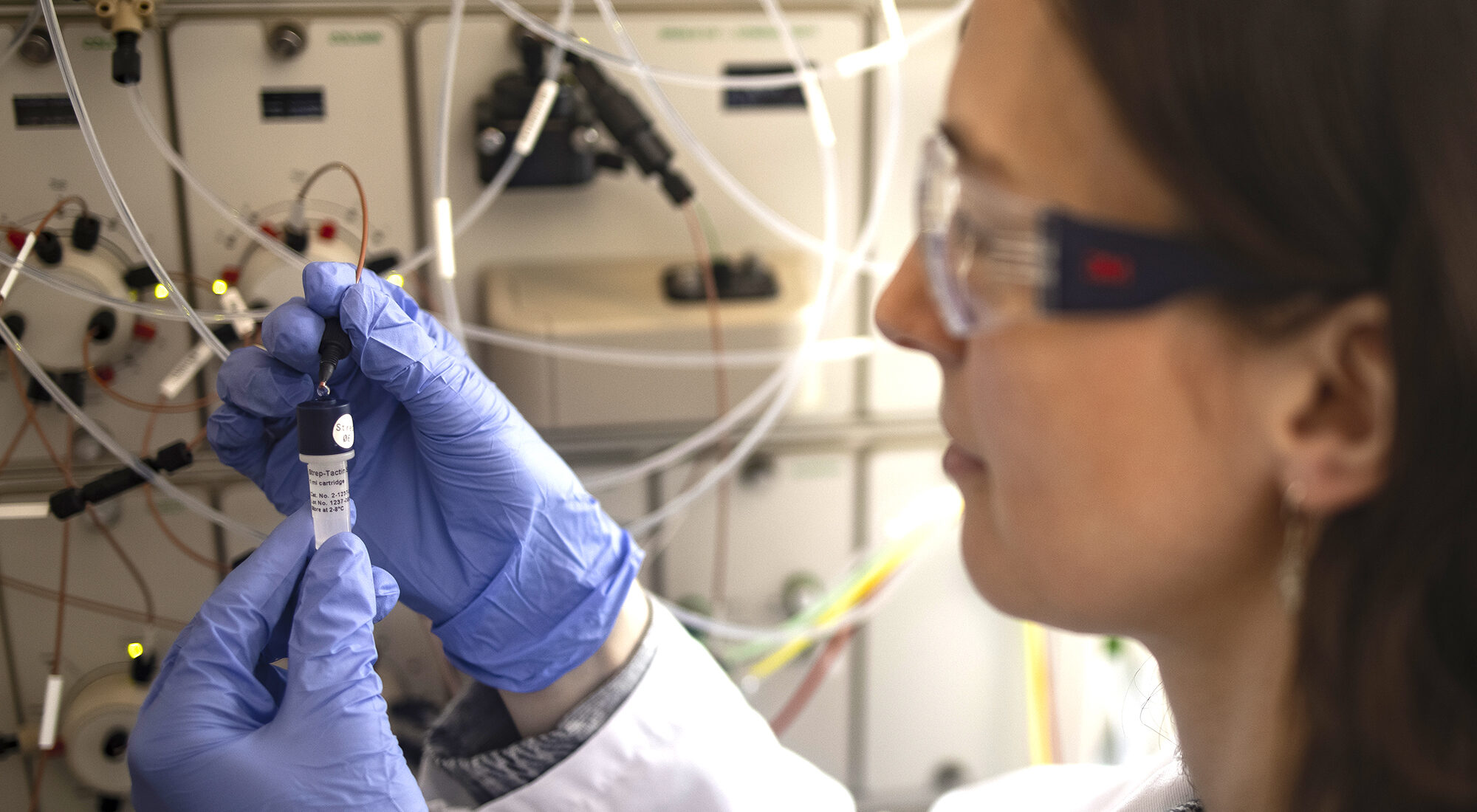
Case Studies
ZoBio has addressed more than 90 targets and worked on therapeutic areas including central nervous system disorders, oncology, inflammation and metabolic disease.
In addition to classic active site inhibitors, we have been tasked with developing allosteric modulators and pharmacologic chaperones. The core approach of fragments and biophysics has led to the successful completion of many projects on a diverse array of targets such as phosphodiesterases, kinases, proteases, phosphatases and protein-protein interactions (PPIs).
We’ve also applied our approach to particularly challenging targets such as ubiquitin metabolism enzymes (deubiquitinases and E3 ligases) and epigenetic and epitranscriptomic targets.
Here you can find examples demonstrating how we successfully enabled FBDD campaigns on challenging targets.
PRMT5: Capturing Out-of-Range Target Engagement Kinetics for an Advanceable Clinical Candidate
Challenge
Our client requested characterization of the oncology clinical candidate MRTX1719’s interaction with two forms of Protein Arginine Methyl Transferase 5 (PRMT5), bound to either SAM (PRMT5•SAM) or MTA (PRMT5•MTA).
SPR (Surface Plasmon Resonance) direct measurement was not feasible due to the slow dissociation rate (koff) of MRTX1719 from both PRMT5 complexes. The dissociation rate was too slow, causing minimal dissociation during single-cycle kinetics, which prevented accurate koff determination.
Achievements
To overcome this problem an adapted SPR chaser assay was implemented. This strategy indirectly measured the dissociation rate constant (koff) and allowed for the determination of the affinity of MRTX1719 for both complexes.
YTHDF2 – An unprecedented epitranscriptomic reader protein
Challenge
Our client tasked us with setting up a complete “gene to lead” fragment-based drug discovery campaign.
Since the entire family is unprecedented, there were no “tool compounds” typically required to set up assays. As we progressed, further challenges presented themselves.
Achievements
By capitalizing on our unique expertise in developing customized biophysical assays, we created a biologically relevant compound screening cascade in the absence of tool compounds. The cascade delivered chemically diverse sets of validated fragments that we successfully elaborated towards lead compounds using structural information that could only be gleaned through NMR.
Mettl3/Mettl14 – An epitranscriptomic writer complex
Challenge
Mettl3/Mettl14 is a large (90 kDa) heterodimeric “writer” complex that uses S-adenosyl methionine (SAM) as a cofactor. Identifying low affinity, validated fragment hits in the large amount of electron density derived from X-ray diffraction data was extremely difficult.
Achievements
We developed a highly efficient structure pipeline capable of determining up to 10 sub 2Å structures per month which has been the basis for elaborating fragment hits to cellular activity and beyond. Multiple chemotypes are promising, allowing for a robust hit-to-lead campaign.


